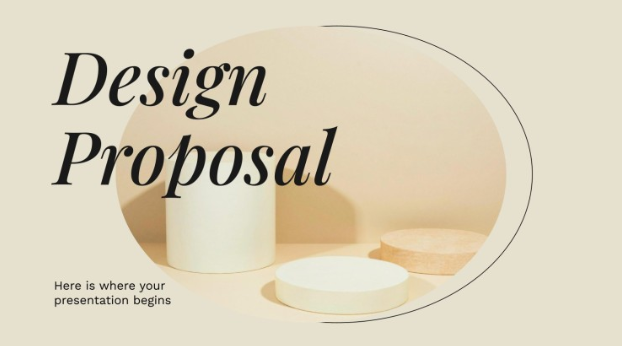How To Create A Successful Design Proposal

Are you finding it tough to get your design proposals noticed? You’re not alone. Many designers struggle to create proposals that grab a client’s attention and clearly communicate their vision.
A well-crafted design proposal is more than just a document; it’s your first step in forging a strong connection with potential clients.
This blog will guide you through creating a successful design proposal, from understanding what your client really wants, using AI tools for added efficiency and impact, right down to structuring your proposal for maximum clarity and persuasion.
Ready to make an impression? Keep reading.
Understanding the Client’s Needs
To make a winning design proposal, you first need to know what the client really wants. This means listening well and doing your homework to nail down their needs.
Talk to Prospective Client
Talking to potential clients is key. You learn what troubles them and what they need. This step makes sure your design proposal hits the mark. Listen closely, ask questions, and understand their goals. Every client wants to feel heard.
Do Research
You need to understand your client’s business inside and out. This means looking at what they do, who they serve, and who else is playing in their field.
Take a close look at their competitors, analyze market trends, and figure out user demographics. Market research tools can really help here. They give you data on how the industry works and what users want.
Next step? Client analysis and risk assessment. It’s all about spotting problems before they happen. What might go wrong with the project? How will your design solve issues for the client? Think ahead.
Use tools that map out user experience to find gaps or errors in current designs or systems that your proposal can fix. Keep an eye on both big risks and small hassles – this way, your proposal covers everything important, making it more likely to succeed.
Creating A Successful Design Proposal
Use Software/Tools
After doing your research, the next step is getting into proposal creation. Using software and tools makes this way easier. There are tons of templates you can choose from to start your design proposal.
This way, you don’t have to build everything from scratch. Software for creating proposals comes packed with features like customizable templates and a big library of images and designs.
AI tools can really change the game for making design proposals. They help you create something fresh and professional quickly. Check out PopAi to see how AI can bring life to your ideas through an interactive ai ppt.

Some tools also help manage your proposals better. You get to track how many you send out and see which ones do well. Thanks to these stats, you can figure out how to win more clients by improving your proposals each time.
Plus, these software options save time because everything you need is right there – from writing the proposal to sending it off.
Structure Proposal Starting with Problem
Crafting your design proposal starts by highlighting the problem. This method grabs attention fast. Think like a detective. First, gather clues by talking with your client and doing thorough market research.
What struggles do they face? Is their brand falling flat against competitors? Do they need a fresh, unique look to stand out in a crowded market? Point these issues out clearly at the beginning of your proposal.
Next, paint a picture of the success that awaits them with your design solution. Show how understanding the client’s needs leads to tailor-made solutions that speak directly to their goals and pain points.
Use examples of similar work you’ve done, if possible. Explain how your proposed design checks off all their requirements, improves their branding, and ultimately benefits them in the long run—making it not just another document but a pathway to professional growth and distinction.
Explain Solution
After you understand what the client needs and wants, it’s time to show them how you can solve their problem. Your design proposal should clearly lay out your plan. Start by explaining the steps you will take.
Use simple words so everyone can understand, even if they’re not designers. For example, if they need a new website, describe how the layout will help visitors find information easily.
Next, add details about user research and testing. This shows that your solution is based on what real users want and need. Mention any software or tools that will help make the project successful.
Make sure to include how these steps meet the client’s requirements and expectations. Finally, give an update on pricing or any special terms for this project right in your proposal.
This way, everything is clear from the start.
Clarify Next Steps
Tell your client what comes next. After sharing your design proposal, it’s key to clearly explain the steps that follow. Lay out a timeline. Describe each phase of the project, from start to finish.
Discuss deadlines and how you will update them on progress. Make sure they know who to talk with if they have questions.
Set expectations right away about feedback times and revisions. This helps avoid confusion later on. You want everyone on the same page about how changes are handled and what happens if things need adjusting.
Clear communication now makes the whole process smoother for both you and the client.
Conclusion
Creating a successful design proposal starts with understanding your client’s needs. You need to chat with them, do some digging, and use smart tools to build a strong plan. Mixing in AI can make your proposals even sharper and more appealing. This approach saves time and ensures you hit the mark every time. So take these steps, add your creative touch, and watch as your designs win over clients!



